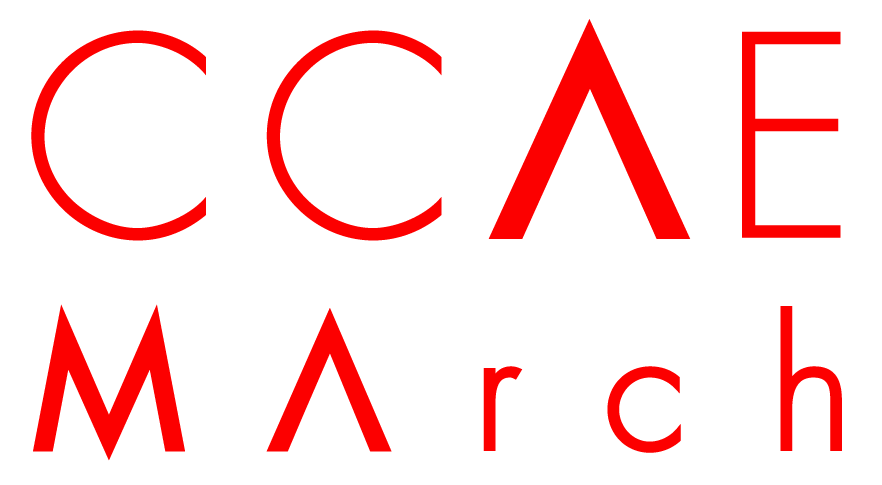The Inhabitable Ecosphere: A Manual for Sympoiesis
KEEVA O'SULLIVAN + KATIE HAMILTON
This project presents the island of Inishark as an ecosphere which holds the potential for a new way of living to be investigated in the form of a new island manual that allows us to actively respond to the ecological crisis. The preliminary themes of our thesis emerged directly from our field research which enabled us to critically analyse the island condition. Our thesis sees the island of Inishark repurposed and presented as an immersive learning environment where nature and culture can coexist harmoniously. By proposing an initial three test sites for the island, we are able to create the opportunity for the development of a new sustainable design framework that responds to the demands of the current climate crisis/mutation. This is achieved through an acknowledgment of nature as our partner. First explored within the boundary of our house, our design methodology is documented through a series of ambitious design experiments that allowed the house to become a prototype test site for our final thesis proposal. At the same time, these experiments, which we designed together, highlighted the potential of collaborative design practices. Ultimately the concept of co-operative design was woven into the project’s programme.
A proposal of such ambition was inspired by key-thinkers such as the German philosopher Gernot Bohme who reflects upon Jean-Jacques Rousseau’s infamous quote, “Back to Nature”. He comments that while Rousseau believes we’ve left nature behind, Bohme suggests that the subject of nature has become “an intensively discussed topic precisely because we should give ourselves a new direction”. In many ways the consequences of the ecological crisis disproves Rousseau’s suggestion that nature is behind us. In fact it demonstrates a dynamism to nature that could be perceived as nature confronting us and asking us to take action. While in agreement with Bohme’s assertion that nature is still very much present, the idea of “back to nature” resonated with us in relation to the Island of Inisark whose proverbial ‘death’ (as declared by the media) following its human evacuation in 1960, allowed us to reflect upon the island as a living environment that continues to thrive despite the absence of human inhabitation. The photographs of the islanders leaving the island with their belongings in tow resonated with us, the defeat evident on their faces, as they despairingly accepted their new future on the mainland. The empty ruin village has been taken back by the land, merging architecture and landscape thus inviting us to reflect upon its current landscape as the ideal site for our proposal.

 |  |  |  |  |
|---|---|---|---|---|
 |  |  |  |  |
 |  |  |  |  |
 |  |  |  |  |
 |  |  |  |  |
 |  |  |  |  |
 |  |  |  |  |
 |  |  |  |





